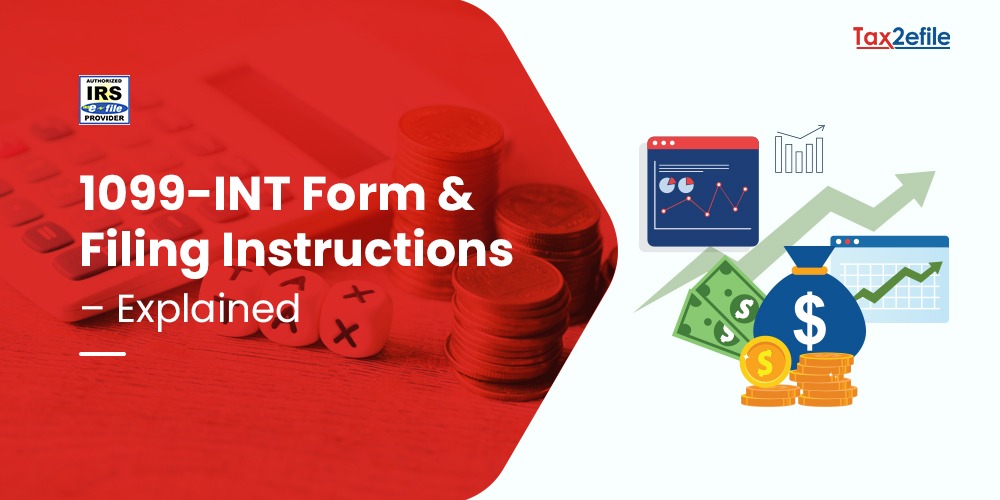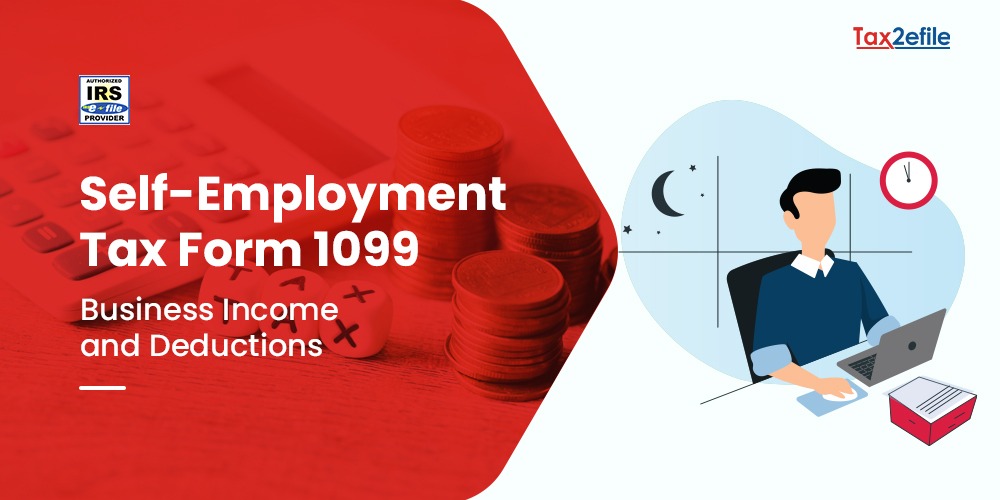- July 12, 2018

When you, your partner or a dependent are starting your school or college during the fall, you may save some of the costs at the tax time. And also, you will be able to claim the tax credit on your federal tax return. Check out the important key IRS tips that you are eligible and you must know about that education tax credits. 
American Opportunity Tax Credit (AOTC): The AOTC maximum worth is up to $ 2,500 per year for an eligible student. An individual can claim the credit for the first four years of higher education. Note that 40 % of the AOTC is refundable. This refers that if you are an eligible person to claim this credit, you can get up to $ 1,000 of the credit as a tax refund, even though you did not owe any taxes.
Lifetime Learning Credit: The LLC maximum worth is up to $ 2000 on the return of the tax amount. Here there is no limitation on the number of years that you may claim the Lifetime Learning Credit for an eligible student.
1 credit/student: As an individual, you can claim only one type of education credit for an eligible student on the tax return each year. When more than one student qualifies for the credit in the same year, you may claim a different credit for the other student. For example, a student can claim AOTC, and another student can claim LLC.
Expenses that are qualified: An individual can also use the qualified expenses to figure your credit. This can include the costs that you do for tuition, school fees and other related expenses for an eligible student.
Educational Institutions: Eligible educational institutions are referred to those who offer education beyond the high school. This includes most of the universities and colleges. Post-secondary schools or vocational schools can also qualify for this. When you are not sure about whether your school is an eligible educational institute:
- Enquire your school whether it is an eligible educational institution or
- Check whether your school is on the list of U.S. Department of Education’s Accreditation database.
Form 1098 T: In most of the cases, an individual may receive the Form 1098 T, Tuition statement, from the school. This form states the qualified expenses to you and the IRS. The amount in the form may differ from the actual amount you paid to the school. This is because some of the amounts you paid will not appear on the form. For example, the textbooks costs will not appear on this form. But, you can still add those costs when you can figure the credit. Never forget that you may claim an education credit for the expenses that are qualified and paid in the same year.
Non-resident alien: When you reside in the United States on the F 1 Student Visa, according to the tax rules you are treated as a nonresident alien for the federal tax purposes. To know more about this point, check the U.S immigration Support.
All these credits are subjected to income limitations and can be eliminated or reduced according to your income. In order to check if you are eligible to claim the education credits, visit the IRS.gov site and use the Interactive Tax Assistant. To learn more about the topic, visit IRS education credits web page.


